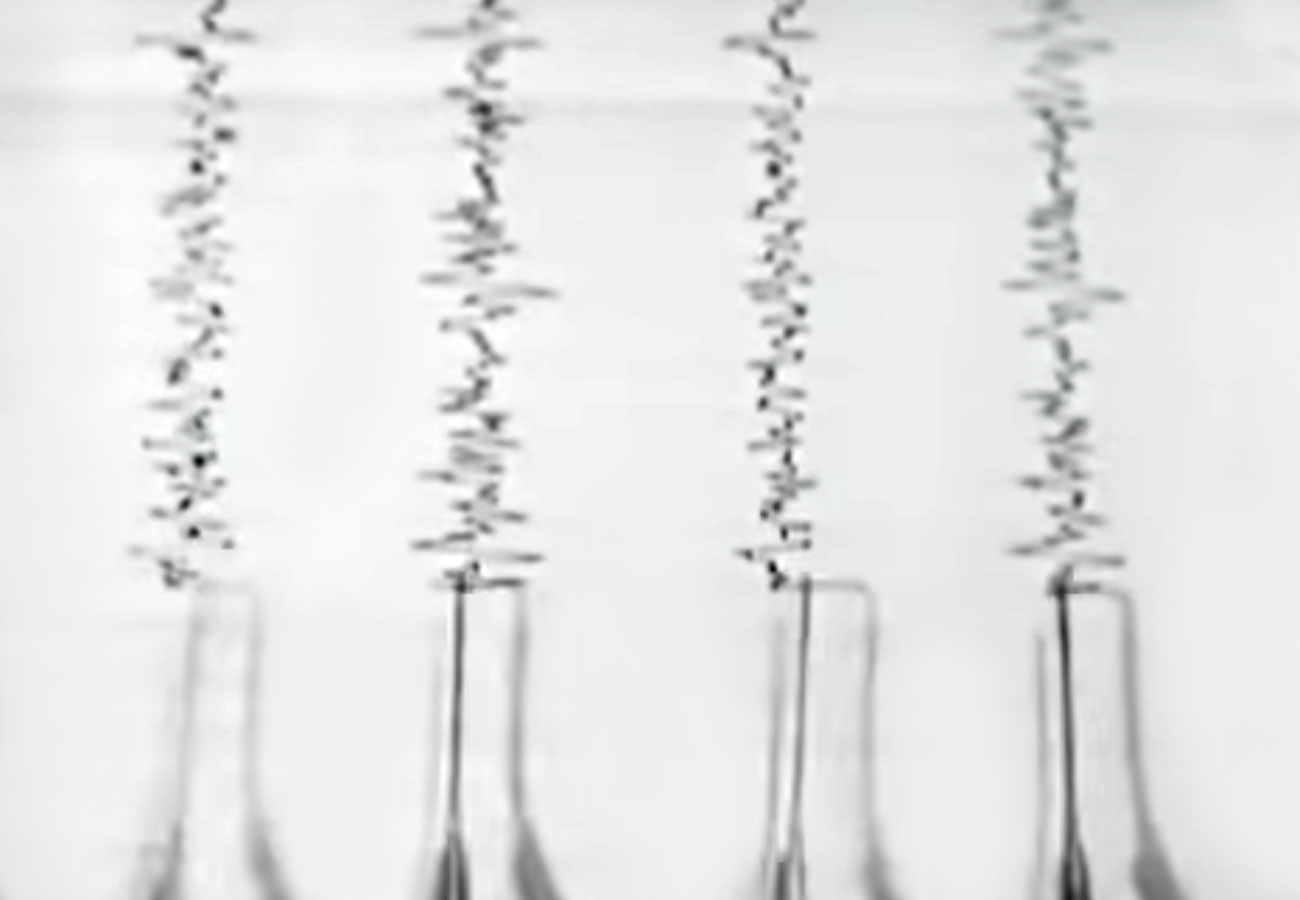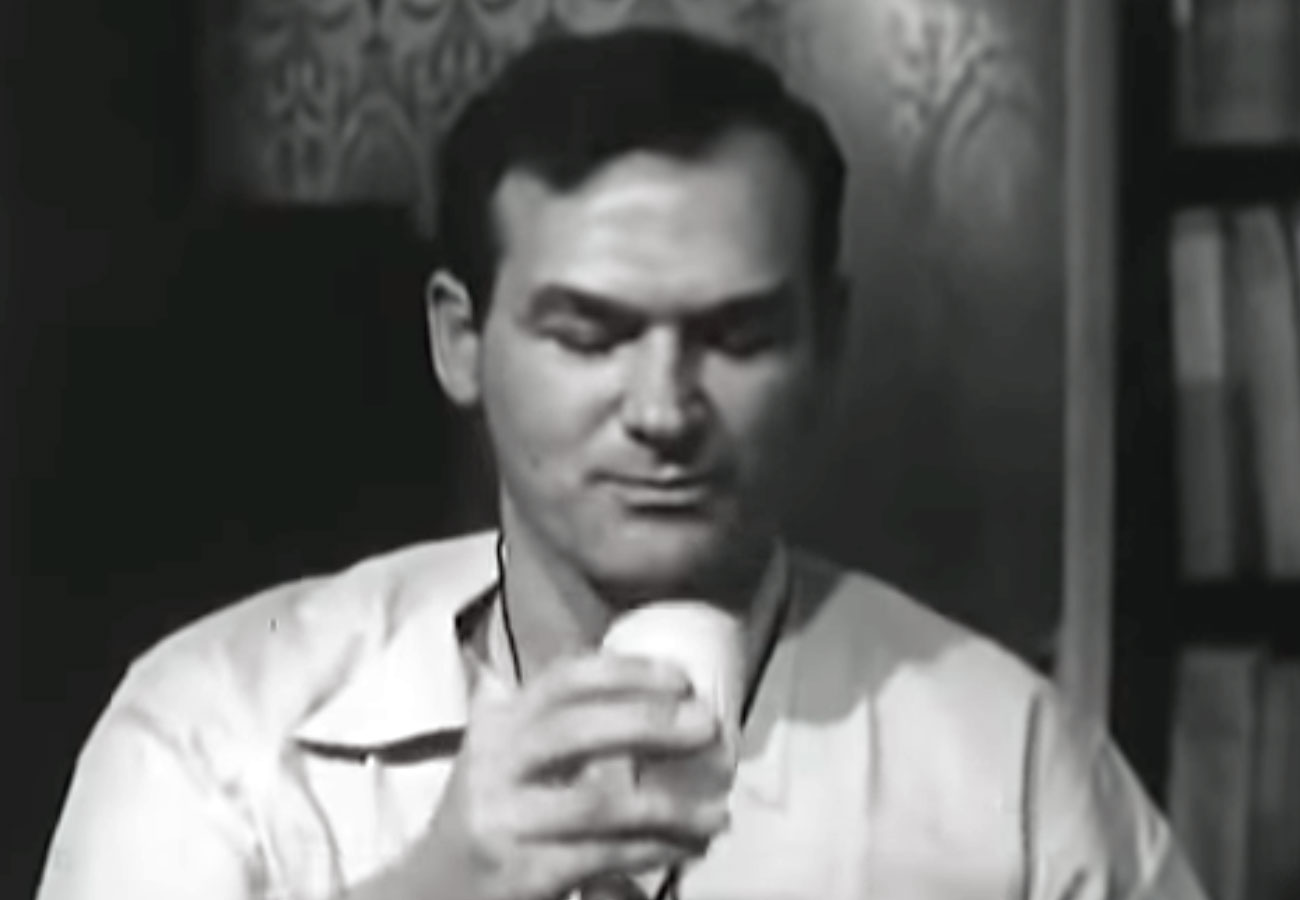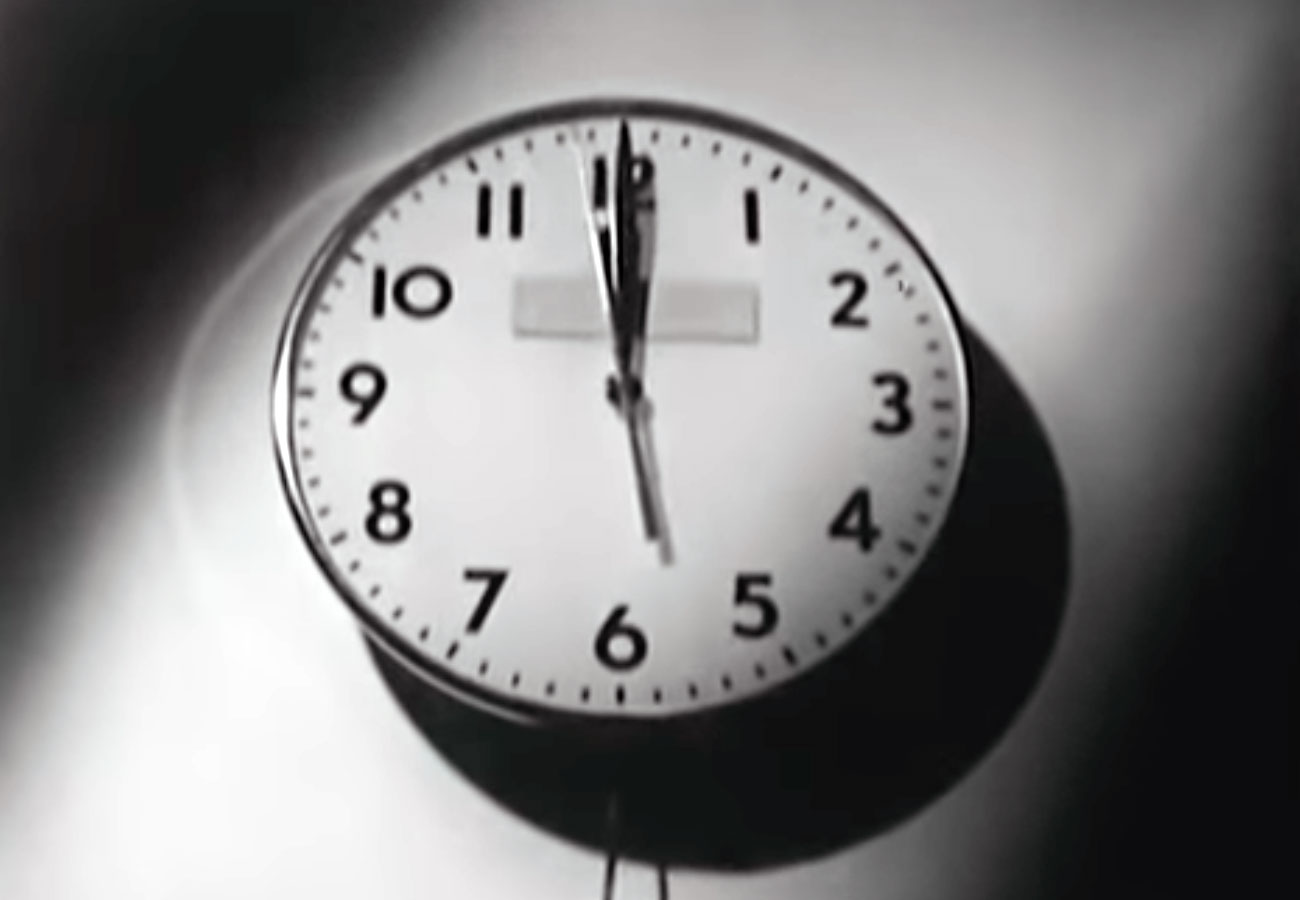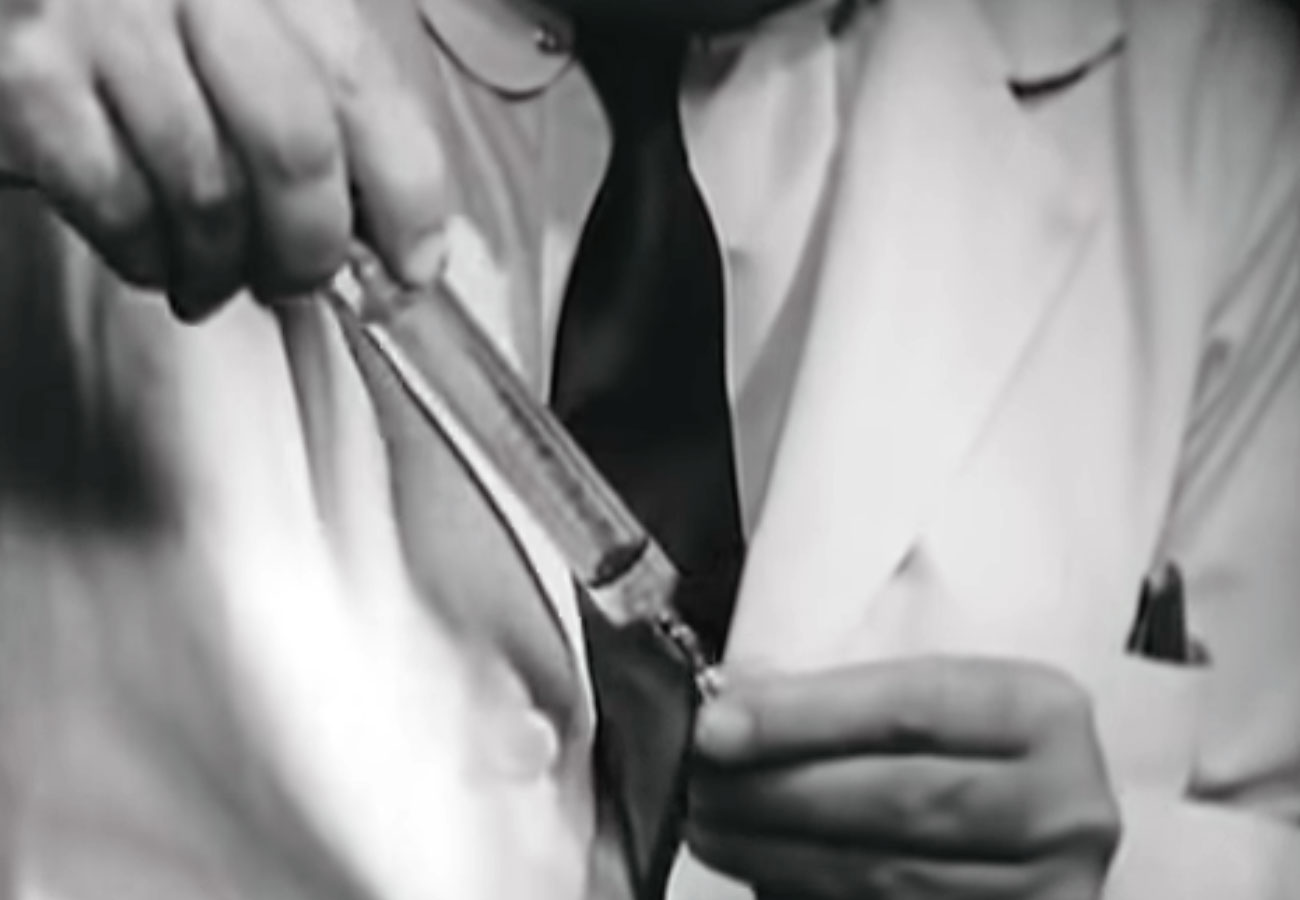Telekinett: Electroacoustic Abstractionism

Telekinett is a record label that is devoted to the exploration, development, promotion, and preservation of atonal, field, experimental, and electroacoustic music. It is also the official residence of Mauricio Reyes, a musician, composer, producer, artist, and Futurist. One of the most significant forthcoming initiatives that Telekinett is undertaking is entitled “DADA MUSIK.” This project aims to create music that is composed, performed, and played by various Bauhaus artists.
Since the late 19th century, technological advancements have enabled individuals to manipulate the conventional listening experience. With the advent of easily editable magnetic tape in the 1940s and 1950s and the subsequent development of multitrack recording, such alterations became more prevalent. During those decades, the experimental genre of musique concrète employed tape manipulation to create sound compositions. Less artistically lofty edits produced medleys or novelty recordings of various types.
The invention of home computers created a new auditory paradise in which composers and non-composers alike could create music as unique as their own writing. Music was no longer the exclusive domain of experts, thus opening up a new world of creative sonic possibilities.
Telekinett advocates for experimentation and research. Reyes is collaborating with renowned artists to produce projects that are both intriguing and have a strong academic foundation. We firmly believe that experimentation is a robust form of creation.
Creating according to the Law of Chance
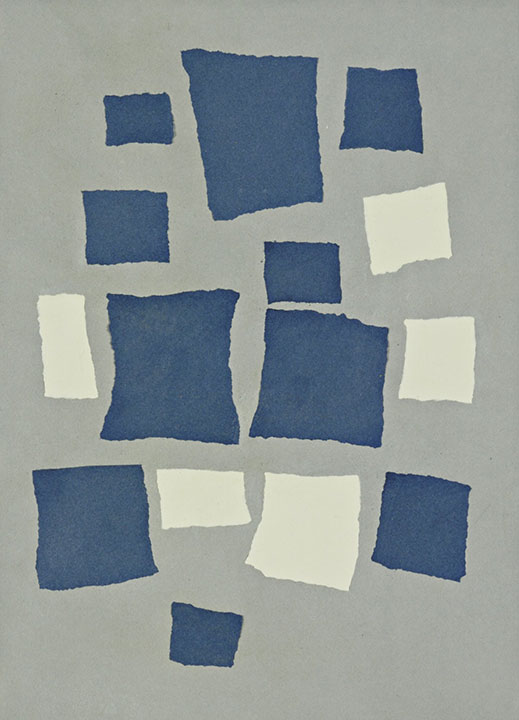
Jean Arp and other Dada artists embraced chance as a tool for liberating creativity from rational thought. An account by his friend and fellow artist Hans Richter describes how Arp created the “Chance Collages” like this one. Frustrated with a drawing he had been working on for some time, Arp finally tore it up and let the pieces flutter to the floor of his studio. Sometime later he happened to notice these same scraps of paper as they lay on the floor and was struck by the pattern they formed. It had all the expressive power that he had tried in vain to achieve.
He accepted this challenge from chance as a decision of fate and carefully pasted the scraps down in the pattern that chance had determined. To remove his artistic intervention even further, Arp sometimes used a paper cutter to cut the squares rather than tearing them by hand. While chance was undoubtedly the point of departure for this and other works in the series According to the Laws of Chance, the relatively ordered appearance of Arp’s collages suggests he did not fully relinquish control.
Illustration: Jean (Hans) Arp
Untitled (Collage with Squares Arranged according to the Law of Chance)-1916–17
Future Projects
